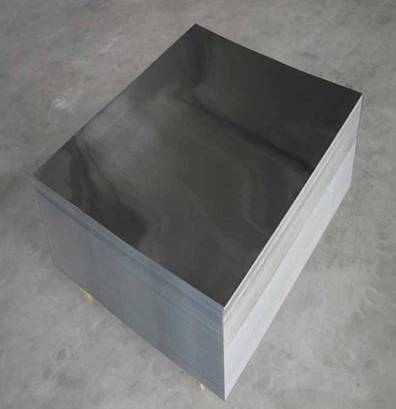Tin plating on tinplate is a coating applied over the steel base to provide corrosion protection and improve rust resistance. Typical weights of tin coatings range from 2.8 to 11.2 g/m², with increments of 2.8 g/m². For cans without additional coating, the weight of the internal tin coating is usually 8.4 g/m² or 11.2 g/m².
Electrolytic tinplate is a low carbon steel strip electrolytically coated with tin. This coating is composed of alloyed tin and free tin, and after deposition, the surface is neutralized and an oil coating is applied.
In the case of bare tinplate with Sn coating greater than or equal to 5.6 g/m², a specific control is used to ensure that the coating weight remains within the required minimum average values. For example, for tinplate with a 5.6 g/m² coating, the minimum should be 4.70 g/m² and for an 11.2 g/m² coating, the minimum should be 9.55 g/m².
The quality of the tin coating is crucial for the protection of tinplate steel, as its porosity decreases with increasing tin coating mass and becomes non-existent only when the coating exceeds 50 g/m², which is much higher than common coatings. Tin provides adequate protection to the product and the base metal of the container, and its use has been optimized to reduce consumption due to its cost, resorting to alternatives such as low-coating tinplate and the substitution of tin by chromium in some cases.













